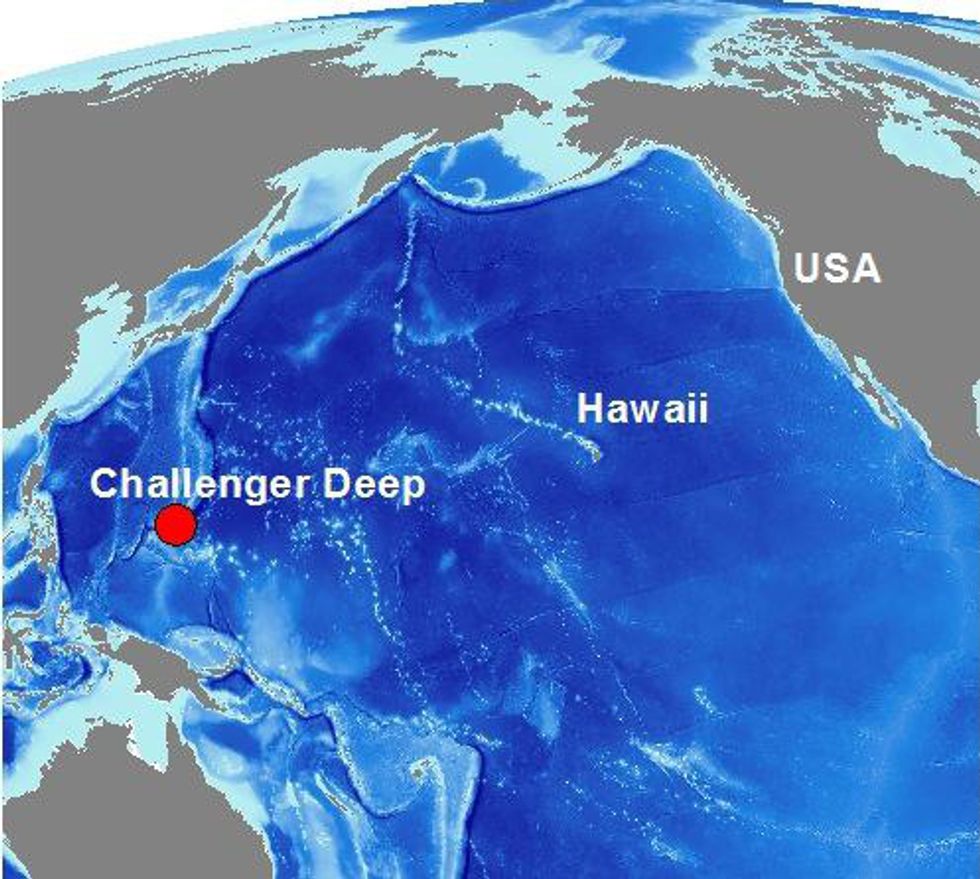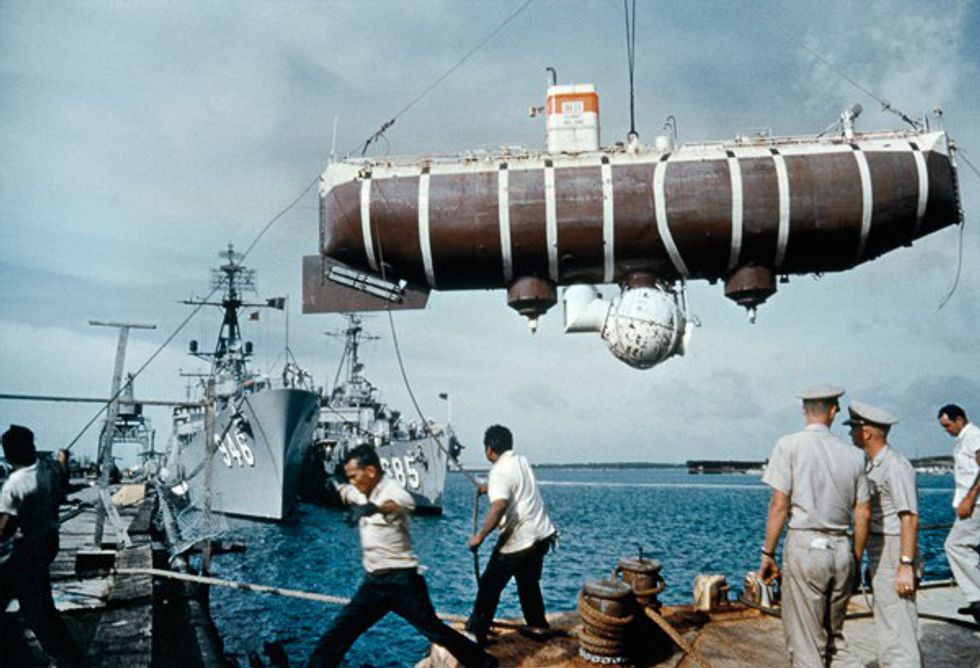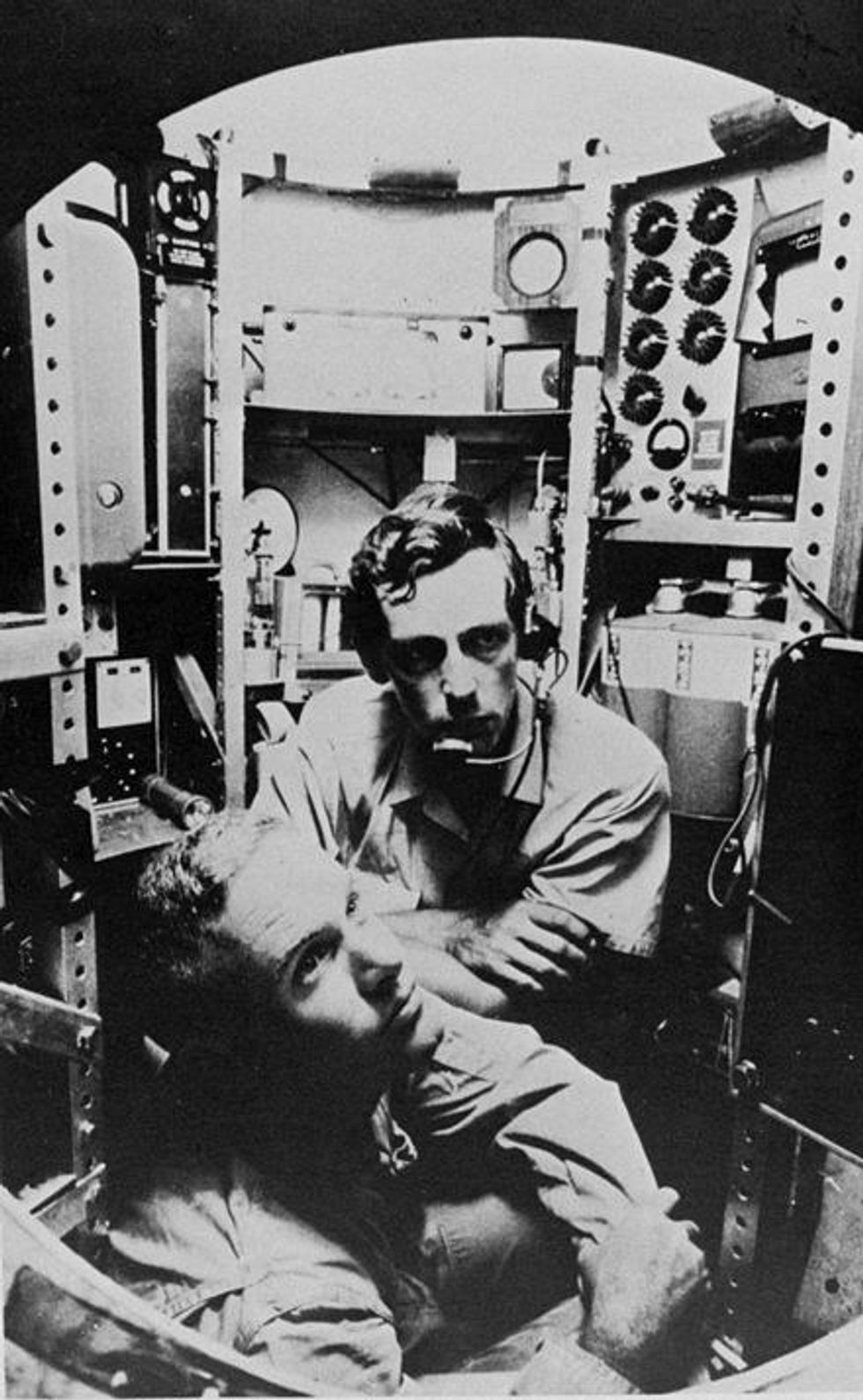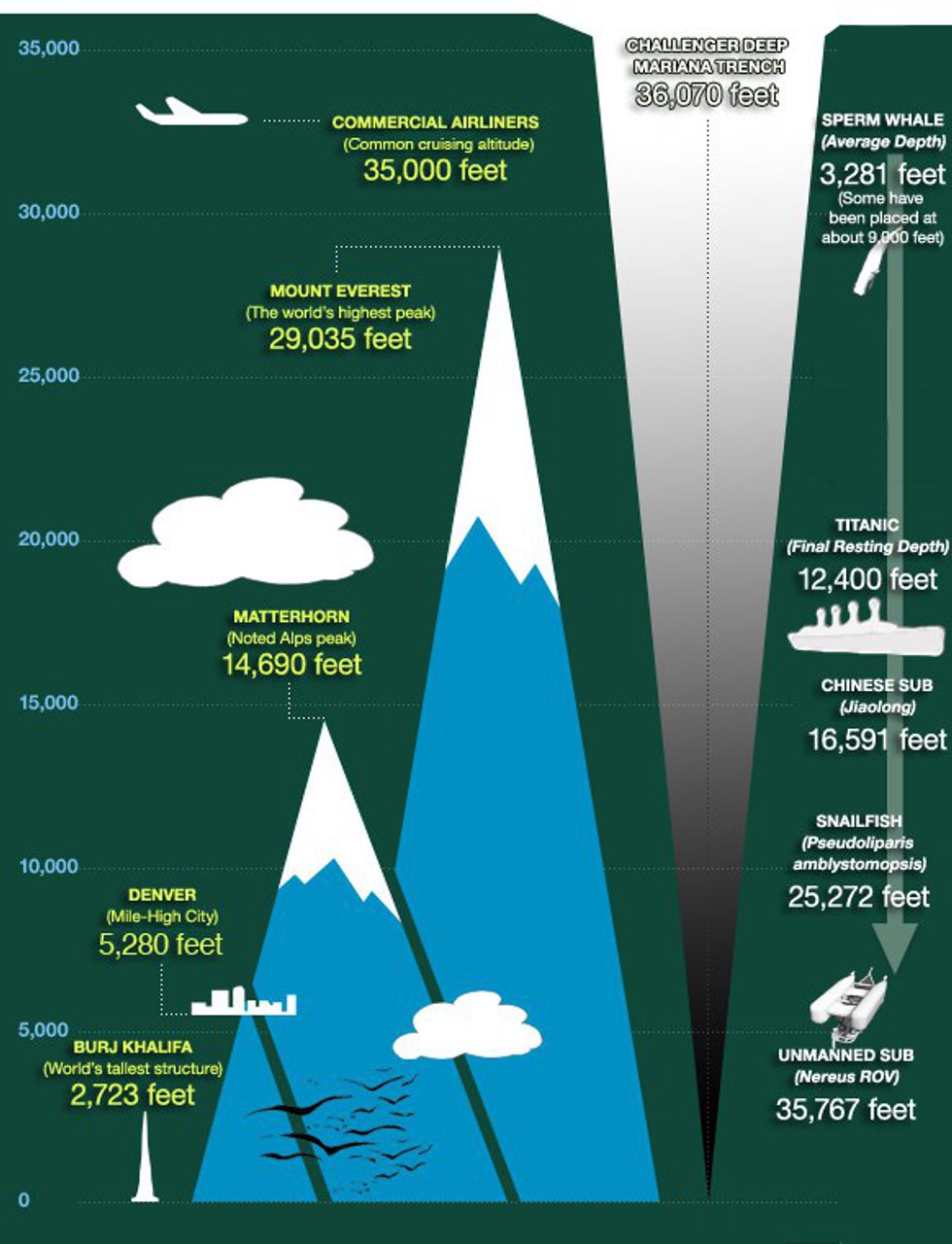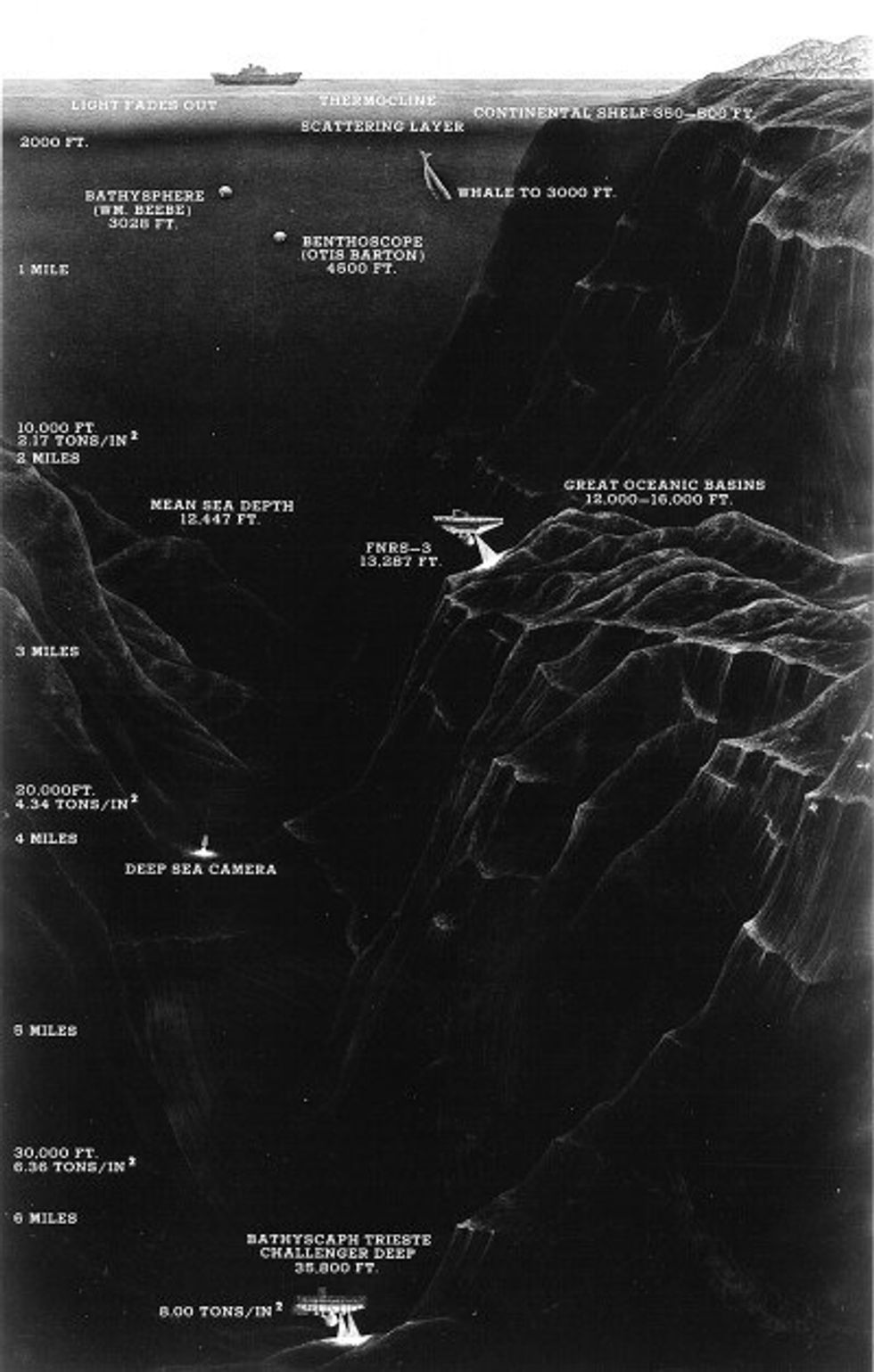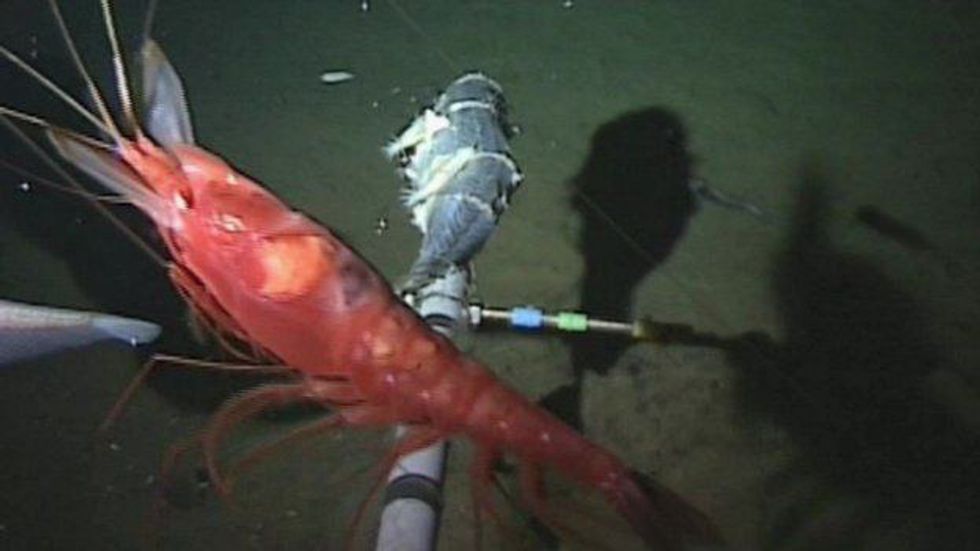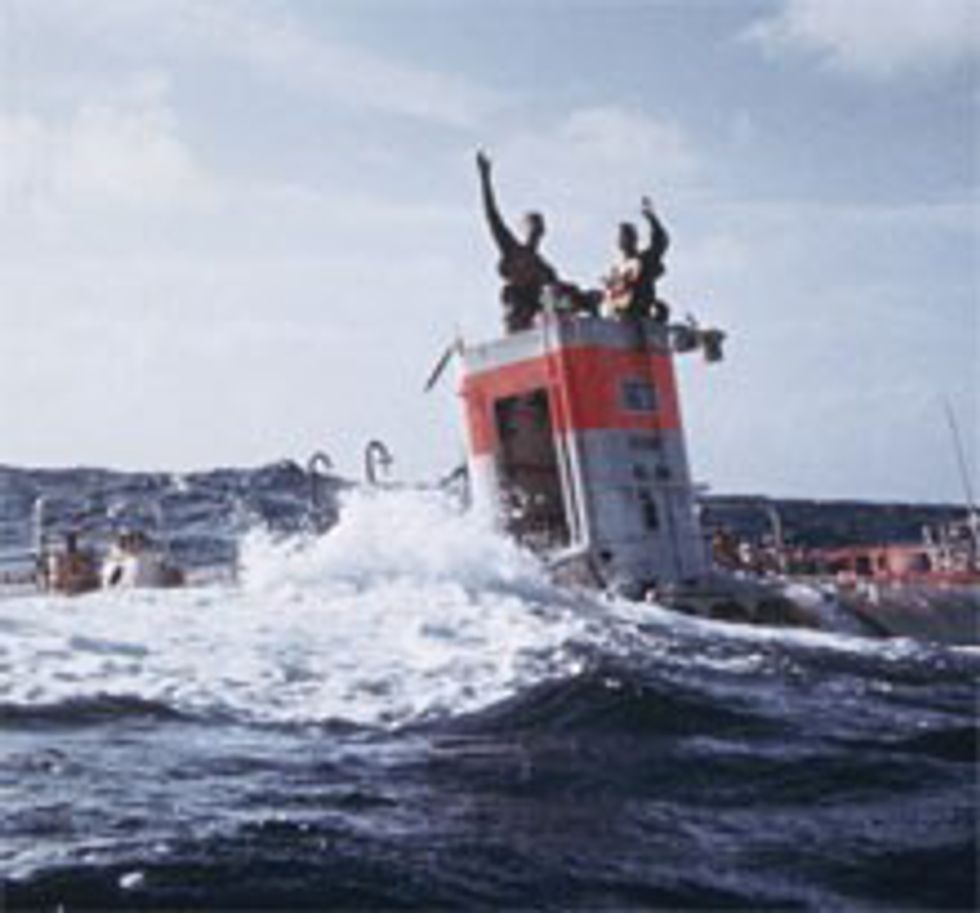What’s it like inside your refrigerator? Would you climb into your refrigerator (Indiana Jones style) and willingly sink to the bottom of the ocean in the name of science? Believe it or not, back in 1960 two men actually did this, and their technologically advanced refrigerator was called Trieste.
In reality, Trieste was a deep-sea submersible, designed to withstand the incredible amount of pressure found at the bottom of the Marianas Trench, the deepest point on Earth (called Challenger Deep). The pressure down there is over eight tons per square inch, more than enough to crush a person into oblivion instantly. Yet the allure of exploring the unknown was too great, and the United States Department of the Navy bought Trieste in order to expand mankind’s knowledge to the farthest corners of the world.
Recommended for you
To counter the enormous amount of pressure found seven miles below the ocean’s surface, Trieste was built with walls five inches thick and, as reported by the U.S. Department of the Navy, consisted “of a 50-foot hull, 12 feet in diameter, filled with gasoline to make it buoyant, since gasoline is lighter than water. Beneath this hull is suspended a sphere 6.5 feet in diameter, which easily holds two men and scientific equipment.”
That last sentence was clearly an exaggeration, as American oceanographer Donald Walsh and Swiss oceanographer Jacques Piccard barely had enough room to sit amidst all of the equipment. The two men, seeking to become the first people to visit the bottom of the ocean, came from different backgrounds but both had strong ties to the submersible: Piccard’s father, Auguste Piccard, was Trieste’s designer, and Walsh was chosen to serve on behalf of the U.S. Department of the Navy.
It’s hard to imagine how the two men felt as their submersible descended at three feet per second towards the deepest area on Earth. Inside it was cramped and the temperature a cool 45 degrees. The deeper the two men dove, the longer it took radio signals to the surface (ultimately over seven seconds each way). If the scale of the journey was compared to climbing Mount Everest, the men would still have over a mile to travel after reaching the summit. These were uncharted waters, literally, and one small flaw in the design of Trieste would end the men’s lives in less than a second.
Little wonder, then, that the men grew worried when an outer window cracked at a depth of 30,000 feet (still over 5,000 feet above their destination) and the whole submersible reacted as if they had just been hit by a giant bullet. They quickly determined, however, that they still weren’t in any (relative) danger, and so continued on with their descent. It wasn’t until nearly five hours after their initial descent that they finally reached the bottom of the world.
Though they only spent twenty minutes at the Challenger Deep, what they found was astonishing: life existed seven miles below sea level. The explorers described seeing shrimp and some flounder-like fish, proving that life could survive in one of the harshest environments on the planet.
The mission thus a resounding success, the men returned to the surface in just over three hours and were immediately celebrated as heroes. It wouldn’t be until 2012 that someone would revisit the bottom of the ocean (“Titanic” director James Cameron), making the story of the Jacques Piccard, Donald Walsh and Trieste all the more remarkable.




